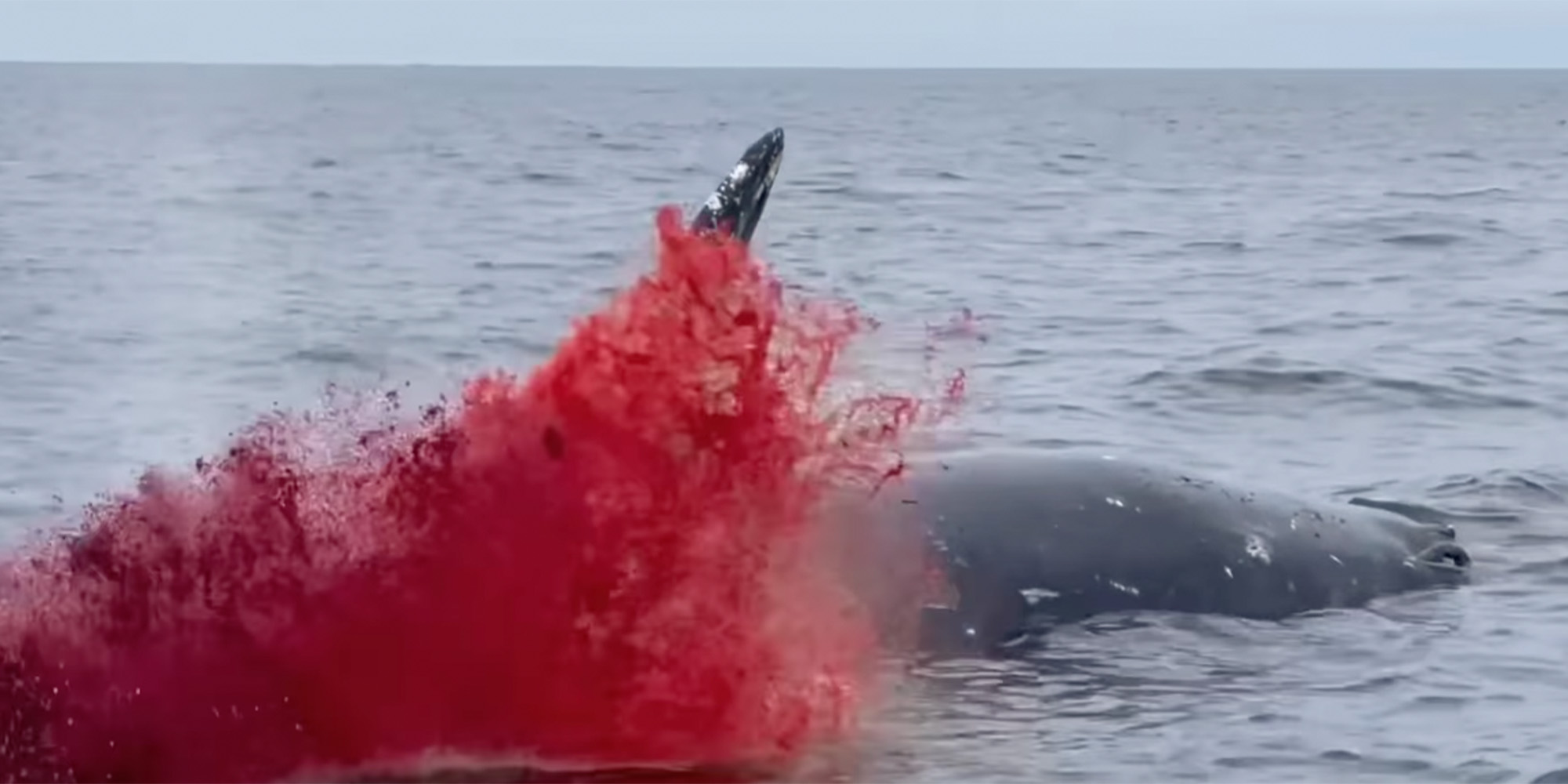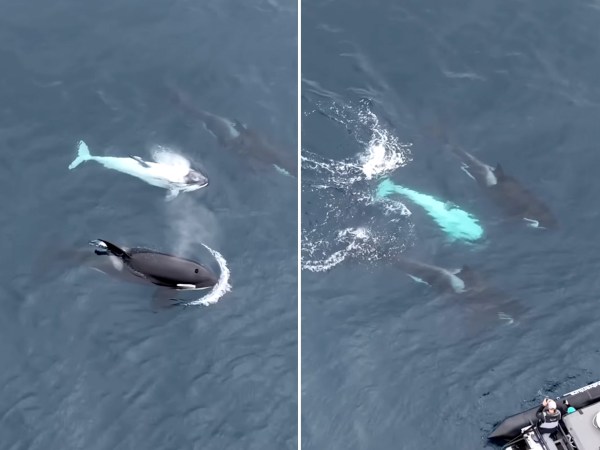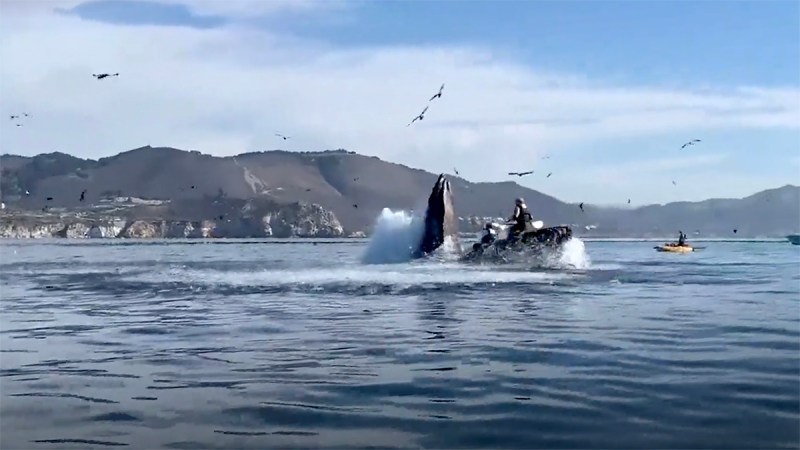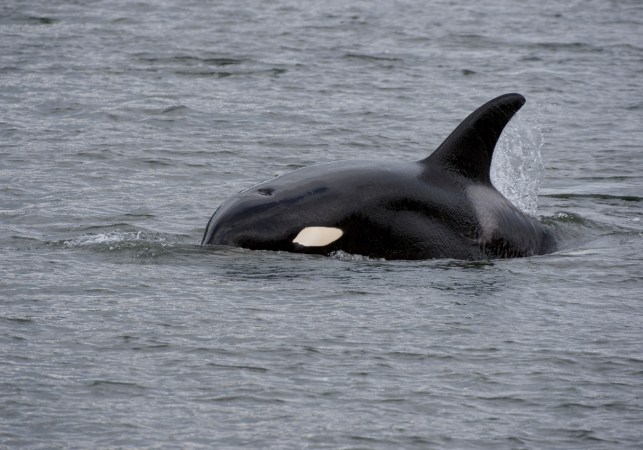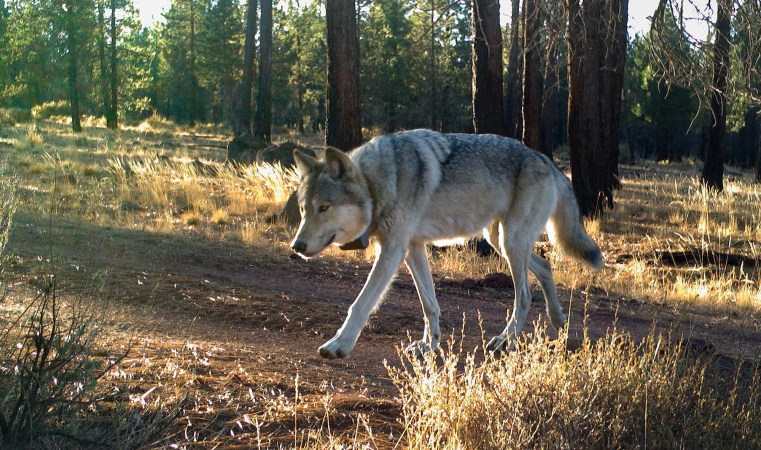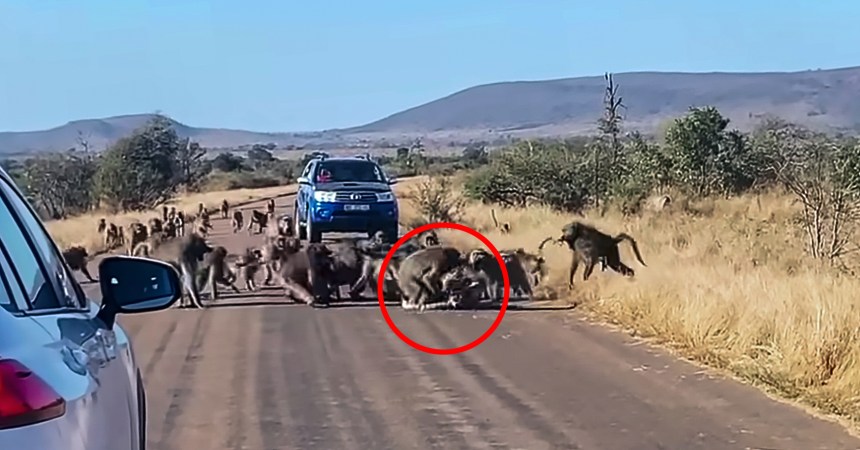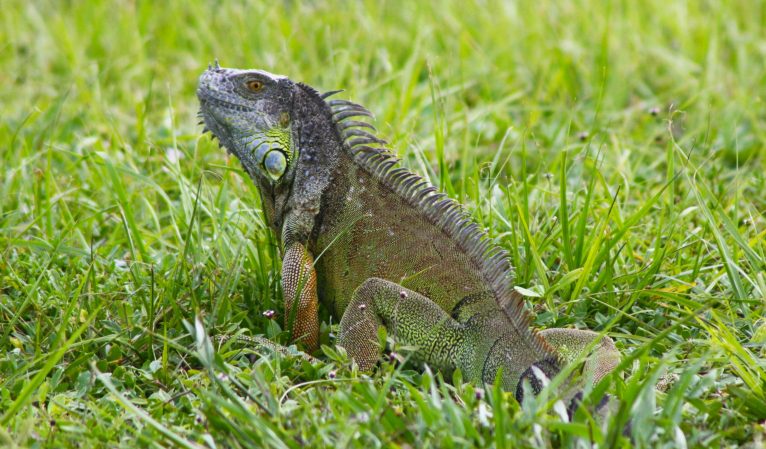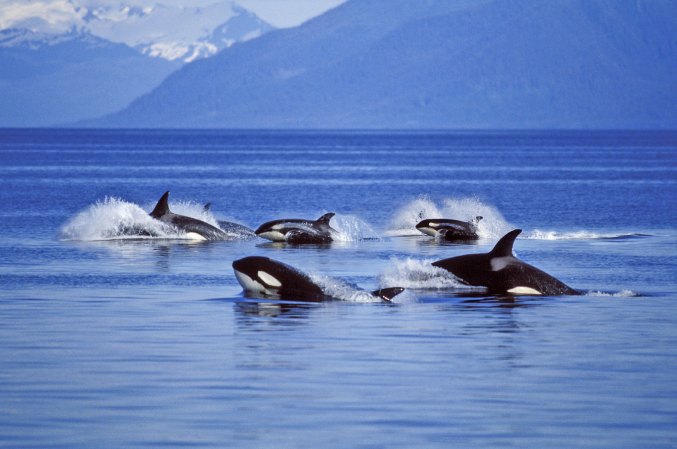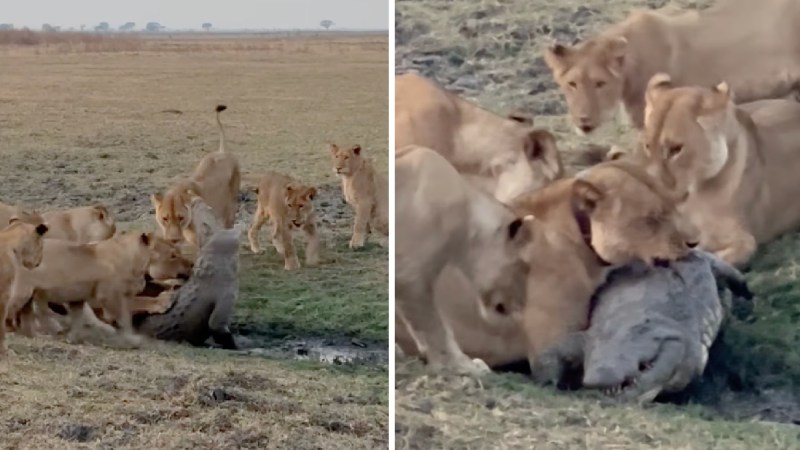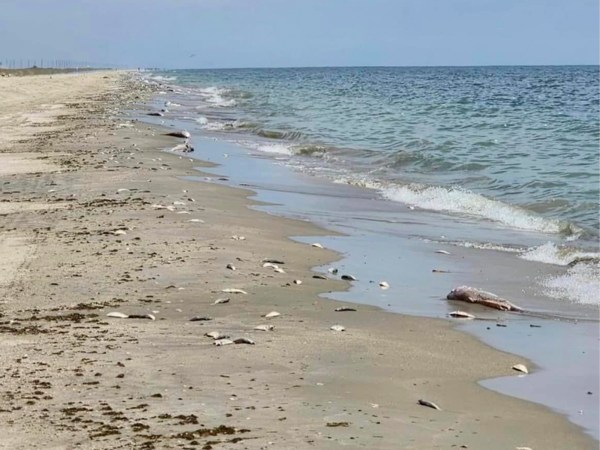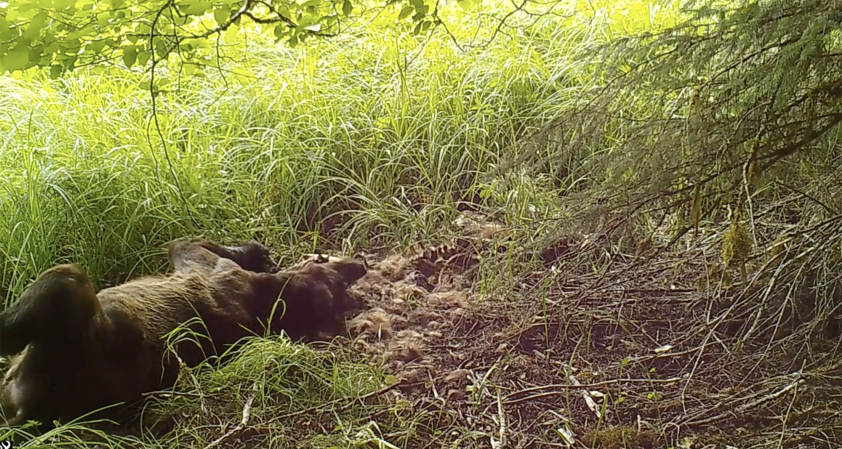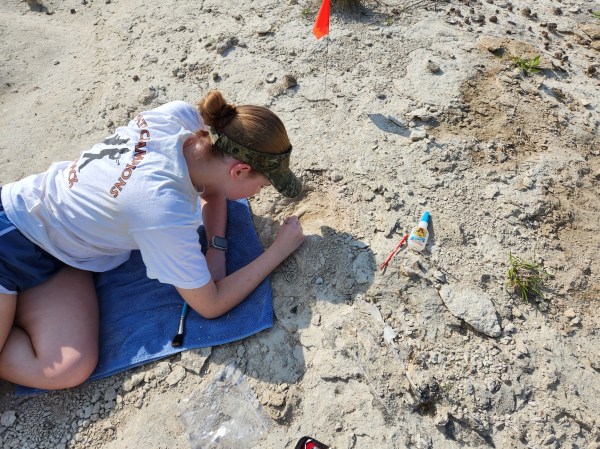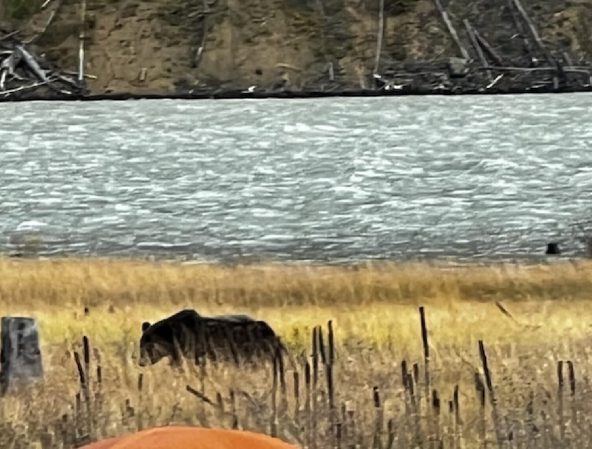Whales tend to explode after they die. We can’t blame you if you don’t know this, but you don’t have to take our word for it, either. Instead, check out this cetacean detonation video that was re-shared by the Nature Is Metal Instagram page Sunday. The short video, titled “Death Burp,” shows a dead whale passing gas and, well, exploding. Basically, it blows its guts out all over the Pacific Ocean. (As with many NIM videos, viewer discretion is advised.)
Nature Is Metal attributes the footage to Instagram user @ozzymansvideolicensing, which first shared the video in January 2022. That user is not the video’s creator, and the original Jan. 11 post credits someone named Shayne for capturing the spectacularly gory footage.
The video opens with the dead whale (possibly a humpback) floating on the ocean’s surface near the California coast. The person filming the video is on a boat with a group of whale watchers. As the boat pulls up to circle the huge carcass and the whale watchers talk among themselves, the tour guide utters an oddly prophetic statement.
“All the sudden that thing will just explode, too,” he tells the group.
Not one second after he says this, the whale suddenly detonates. The huge carcass appears to yawn or burp before its head erupts violently. A giant explosion of blood, seawater, and whale guts follows as the creature’s internal organs are ejected into the ocean. This includes the whale’s stomach, spleen, and small intestines, which keep pouring out of the carcass like a never-ending length of tightly coiled rope. (A whale’s small intestine can be roughly five to six times its overall length, according to some experts, which means an average-sized humpback has more than 200 feet of small intestines.)
The people onboard continue to watch as the whale blows its guts out, sinking deeper in the water all the while. One of the whale watchers mentions that he thought it was a great white shark that caused the carcass to open up.
“I thought it was [a shark] too, dude,” the tour guide says.
Watch: This Video of Two Kayakers Being Eaten by a Whale Is Going Viral
This wasn’t the first whale explosion to be caught on camera. Oceanfront communities in Canada and elsewhere have had to deal with exploding whales on their beaches, and this is partly why officials try to tow beached whales back to sea when possible, according to CNN, which reported on a similar event involving multiple blue whale carcasses that washed ashore in Newfoundland in 2014.
There’s also a perfectly reasonable explanation for these gastric explosions, according to Andrew David Thaler, a marine biologist who spoke with National Geographic after the Newfoundland strandings in 2014. He explained that, like other mammals, dead whales naturally produce methane gas as they decompose. This gas will continue to build inside the whale until something allows it to escape.
In the case of this video, NIM notes that all this methane gas was likely trapped by the whale’s thick, blubbery skin. The gas built up until it finally perforated the whale’s skin like an overinflated balloon, resulting in a violent expulsion of blood and guts.
As Thaler also pointed out, these exploded whale carcasses provide a massive influx of food for sharks and other species. After inevitably sinking to the seafloor, these “whalefalls” can continue to feed scavengers for years, if not decades.
“First the mobile scavengers—large deep-sea sharks, hagfish, and others—come in to remove soft tissue and break apart the carcass. Later, creatures like the bone-eating worm arrive to slowly break down the bones,” Thaler said. “This entire process can take 30 years or more, so the afterlife of a whale is as ecologically significant as its natural life.”

